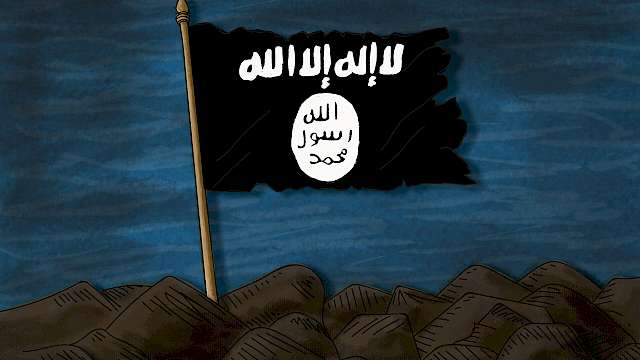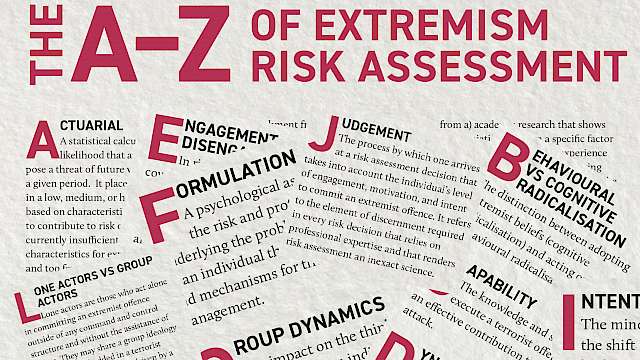This directory has been assembled from frameworks that have been developed in recent years to assess aspects of extremist violence, a term used here to encompass terrorist violence that is framed by ideology and targeted violence that is framed by idiosyncratic beliefs.
Each of these frameworks was developed in a slightly different context, and optimised for a different purpose and group of users. The frameworks covered are:
- ERG22+ (Extremist Risk Guidance), developed by the UK’s Prisons and Probation Service
- IR-46 (Islamic Radicalization), used by the Dutch National Police
- IVP (Identifying Vulnerable People), developed out of open-source material on violent extremists
- MLG Version 2 (Multi-Level Guidelines), used in North America and Europe
- TRAP-18 (Terrorist Radicalization Assessment Protocol) in use since 2015 in Canada, the US and Europe
- VERA-2R (Violent Extremism Risk Assessment Version 2 Revised), available in Dutch, English, French and German.
These all conform, to a greater or lesser extent, to an approach that structures professional judgment from a number of potential indicators of risk derived from clinical and correctional research and practice, with the exception of the IVP framework that consists of a checklist for the assessment of escalating behaviours that open-source research suggests corresponds with more serious intent and/or imminence of attack.
None of these frameworks claims to be able to straightforwardly predict future violence. In accordance with good practice in risk assessment, most claim instead to be able to identify behaviours or scenarios that signal when and in what circumstances an attack is more likely, in order to prevent it through appropriate action.
Each is presented as work in progress, within a standard template that allows for some comparison across frameworks, together with a strengths and limitations appraisal informed by the comments of peer-reviewers and users.
Copyright Information
As part of CREST’s commitment to open access research, this text is available under a Creative Commons BY-NC-SA 4.0 licence. Please refer to our Copyright page for full details.
IMAGE CREDITS: Copyright ©2024 R. Stevens / CREST (CC BY-SA 4.0)






